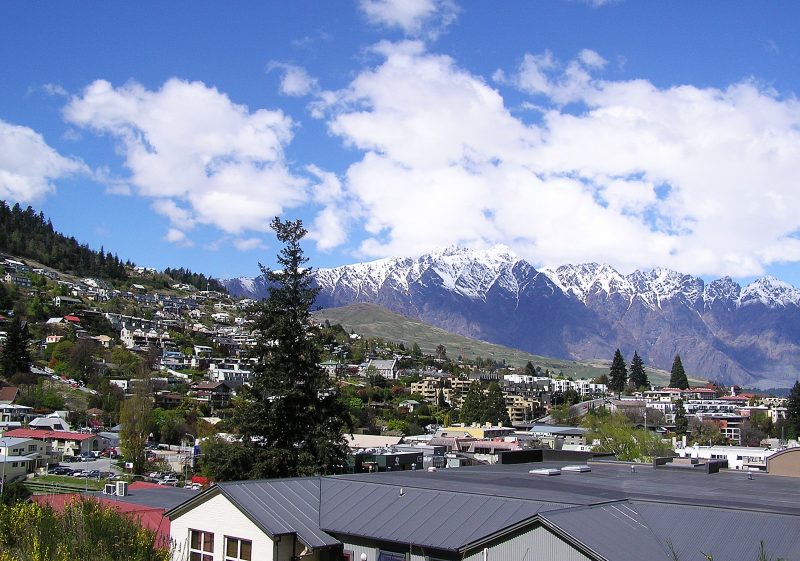by Peter Owens
Dunedin diocese was the first in New Zealand to support a coeducational secondary boarding school, when St Peter’s College in Gore was founded in 1969. Since then a number of Catholic secondary schools in the diocese have been combined into four coeducational colleges — in Dunedin, Invercargill, Gore and Oamaru.
However, the diocese now has problems with its primary schools, stemming largely from rapidly changing lifestyles in the southern communities.
In Queenstown and the Wakatipu Basin, the population and economy have expanded beyond all predictions in the past 10 years. The region has now become popular internationally for summer and winter activities and every year millions of tourists visit the southern resort region.
However, a chronic shortage of accommodation has developed, particularly for service industry workers. Although the local airport’s throughput has risen dramatically, accommodation has not.
The Ministry of Education is aware of another problem. This is the fact that with the expansion of the population in the Wakatipu Basin, the number of children to be educated now and in the future has expanded well above national norms.
More and more families are finding it is less expensive to live outside central Queenstown and to move to new housing developments on the Frankton Flats on the outskirts of town.
One of the oldest continuing institutions in Queenstown is St Joseph’s Catholic Primary School, which was opened in 1880. It is on a prime site behind the Catholic church and worth many millions of dollars.
Today the school is on a constrained site near the Queenstown CBD, with a maximum roll of 175 pupils.
Something had to be done. The diocese bought land at Speargrass Flat near Arrowtown, where it was thought population growth would flow. However, Queenstown did not move towards Arrowtown and Mr Scanlan said that Bishop Colin Campbell thought the Speargrass
Flat site was no longer relevant for schooling. The Church had noted that many Catholic families with school-age children arriving in the district or moving are now living in new residential developments near Frankton or Lake Hayes.
Mr Scanlan said the diocese, school and Church community in Queenstown are looking at other options, such as building a 300-pupil school, church and presbytery at Remarkables Park. This area is developing at a phenomenal rate and a new state high school will open
there in 2018.
Mr Scanlan said, ‘‘The diocese wants to ensure it has an attractive contemporary schooling option available for the people in the Queenstown area who want to send their kids to a Catholic school”.
He said the diocese is conscious that primary education must be compatible with “how people live their lives, where they live, work and shop”.
The 2.6ha Speargrass Flat site has now been sold and the diocese is negotiating an option on land at Frankton owned by Remarkables Park Ltd, next to the new Wakatipu High School, but
the future of Catholic education in the Wakatipu Basin is not yet settled.
The Ministry of Education’s area strategy plan includes a proposal that rolls of state integrated schools in the area be allowed to increase in response to demand.
Expansion of the existing schooling provision is required to accommodate a forecast increase in student numbers.
In developing this plan, the Ministry has used population projections from Statistics New Zealand and the Queenstown Lakes District Council. However, population projections are subject to change.
St Joseph’s School is also surveying parents and parishioners on the future of the school. This includes seeking preferences on whether the school should remain where it is or move to Frankton.
It also seeks opinions on future funding if the move is made.
At present about half of the 143 students at St Joseph’s School live near the school, with the remainder being transported from out of town. As time goes by, more and more land in Queenstown is being developed for accommodation and service industries with fewer people
actually living in the resort itself.
St Joseph’s principal, Trisch Inder said, “Currently we have about five per cent of primary-aged students getting a Catholic education in our region. We would like to get this figure to a level of 10-12 per cent of primary aged children, in line with other parts of Otago-Southland.”
Mrs Inder said a couple of options were being assessed: Refurbish the current school buildings and grounds; and relocate the school to a new location near Remarkables Park, close to the new Wakatipu High School location.

Reader Interactions